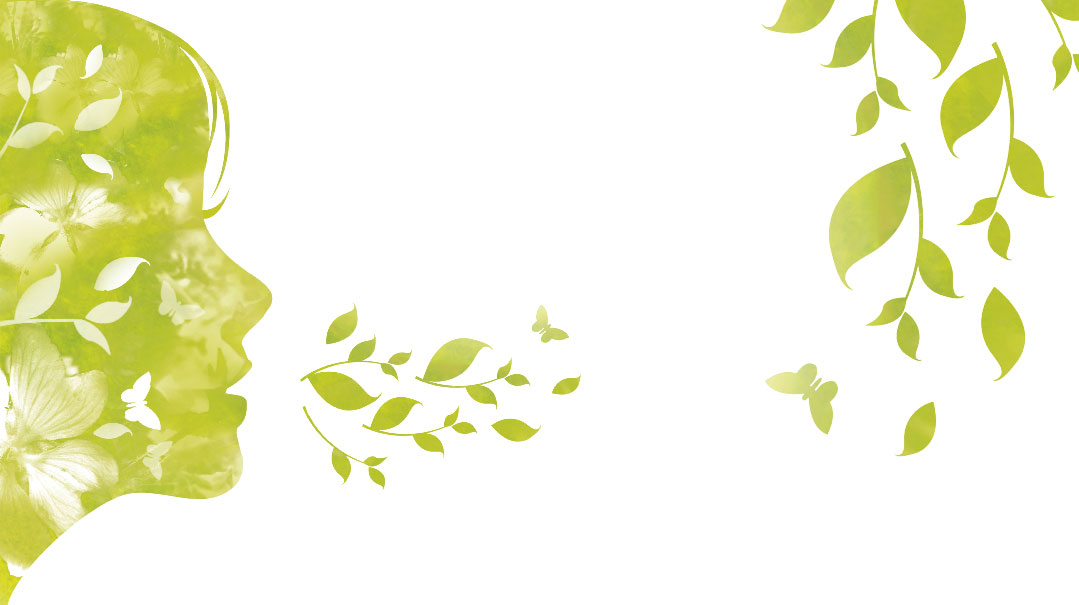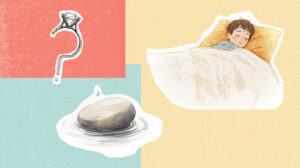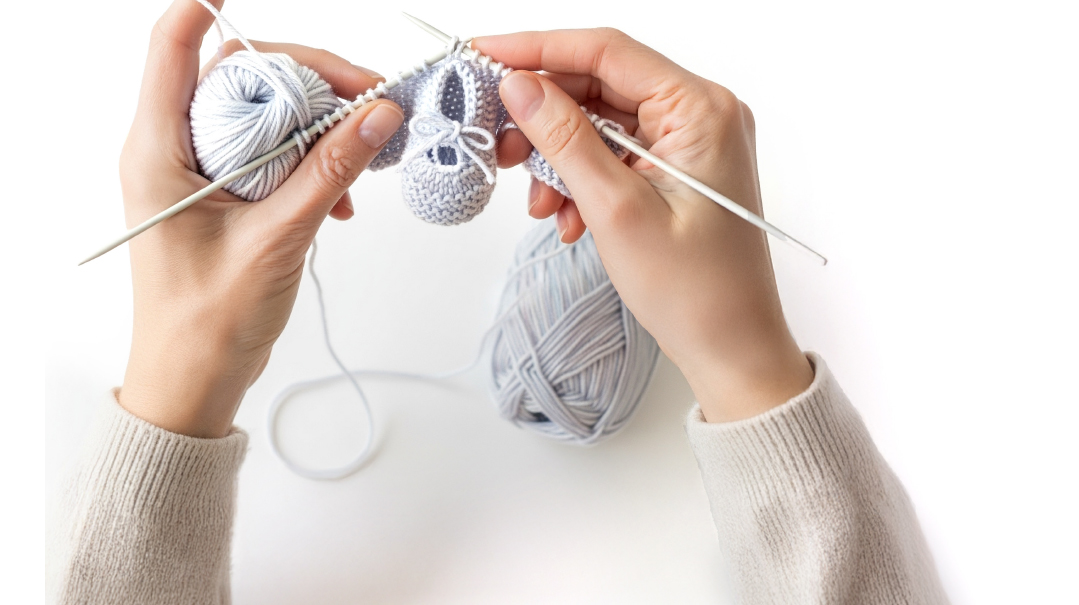Breathe Easy

The encouraging news: With a little training, we can breathe our way into deeper sleep, happier feelings, and healthier bodies

Breathing has become a hot topic. Breath coaches peddle their wares, promising we can bio-hack our nervous systems via our breath to provide a sea of calm. New research is uncovering how crucial breathing technique is for our sleep and health. And a global pandemic has arisen that acutely affects the respiratory system.
But breathing isn’t as straightforward as it seems. Sure, people will advertise a task’s simplicity by saying “it’s like riding a bike” or “it’s as easy as breathing,” but whereas the consequences of improper technique with bike riding are fairly obvious when you careen into a tree, with breathing, it can take years to recognize the damage.
Breathing is an art, something we need to consciously work on. Controlled by the body’s autonomic nervous system, breathing happens without us thinking about it; the downside of this is that we mistakenly believe we’re breathing just fine when we often aren’t.
Think you’re an inhale-exhale expert? Well let me ask you this: Are you breathing through your mouth? You’re doing it with the wrong orifice. Breathing with your chest? You’re doing it with the wrong muscles. Do you breathe quickly or take shallow breaths? You’re breathing at the wrong pace.
The thing is, we weren’t born deflated in our breathing abilities. In fact, newborns all innately breathe optimally — in through their noses and with deep breaths from within their diaphragms. This is why when you watch babies sleep, you can see their stomachs moving up and down, something we don’t readily observe in adults.
So, what went wrong? Many of us actually un-learn how to breathe correctly and become mouth breathers. This is often caused by sickness (colds or allergies), injuries (a deviated septum, for example), or even stress.
According to physiotherapist Emma Ferris, at least half of the world suffers from a breathing dysfunction without even knowing it. The consequences of this suboptimal breathing can be serious. Without knowing it, we might be hindering our sleep, digestion, and face structure, while also hurting our heart, nervous system, muscles, brain, and tooth development by not breathing properly.
The pelvic floor is also connected to breathing muscles and this can make it a specific challenge for childbearing women. And those are just the physical effects. There are mental-health consequences as well, such as anxiety and depression
The reason for these effects is because every single process in the body is dependent on oxygen. To highlight a couple, our brain uses 20 percent of the oxygen we consume to make decisions and send signals, and the heart consumes massive amounts of oxygen through beating.
Oops! We could not locate your form.












